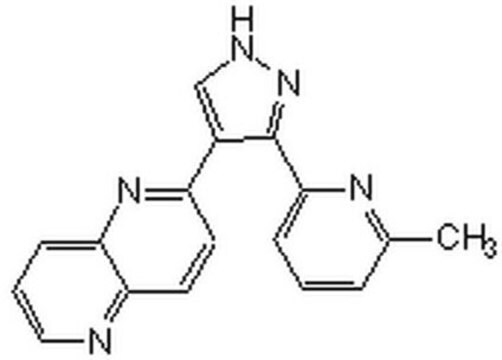Kluczowe dokumenty
676918
Carbon disulfide
ACS reagent, ≥99.9%
About This Item
Polecane produkty
klasa czystości
ACS reagent
gęstość pary
2.67 (vs air)
ciśnienie pary
5.83 psi
Próba
≥99.9%
Formularz
liquid
temp. samozapłonu
212 °F
granice wybuchowości
50 %
dilution
(for analytical testing)
zanieczyszczenia
H2S, passes test (lim. ~1.5 ppm)
SO2, passes test (lim. ~2.5 ppm)
≤0.05% water
pozostałość po odparowaniu
≤0.002%
kolor
APHA: ≤10
współczynnik refrakcji
n20/D 1.627 (lit.)
bp
46 °C (lit.)
mp
−112-−111 °C (lit.)
gęstość
1.266 g/mL at 25 °C (lit.)
ciąg SMILES
S=C=S
InChI
1S/CS2/c2-1-3
Klucz InChI
QGJOPFRUJISHPQ-UHFFFAOYSA-N
Szukasz podobnych produktów? Odwiedź Przewodnik dotyczący porównywania produktów
Opis ogólny
Zastosowanie
- Do syntezy ketonów hydroksynaftylowych poprzez acylowanie i demetylowanie Friedela-Craftsa.
- W regioselektywnym bromowaniu binaftoli.
produkt powiązany
Hasło ostrzegawcze
Danger
Zwroty wskazujące rodzaj zagrożenia
Zwroty wskazujące środki ostrożności
Klasyfikacja zagrożeń
Acute Tox. 4 Inhalation - Eye Irrit. 2 - Flam. Liq. 2 - Repr. 2 - Skin Irrit. 2 - STOT RE 1
Organy docelowe
Peripheral nervous system,Central nervous system,Cardio-vascular system,Eyes
Kod klasy składowania
3 - Flammable liquids
Klasa zagrożenia wodnego (WGK)
WGK 2
Temperatura zapłonu (°F)
-22.0 °F - closed cup
Temperatura zapłonu (°C)
-30 °C - closed cup
Wybierz jedną z najnowszych wersji:
Masz już ten produkt?
Dokumenty związane z niedawno zakupionymi produktami zostały zamieszczone w Bibliotece dokumentów.
Nasz zespół naukowców ma doświadczenie we wszystkich obszarach badań, w tym w naukach przyrodniczych, materiałoznawstwie, syntezie chemicznej, chromatografii, analityce i wielu innych dziedzinach.
Skontaktuj się z zespołem ds. pomocy technicznej








